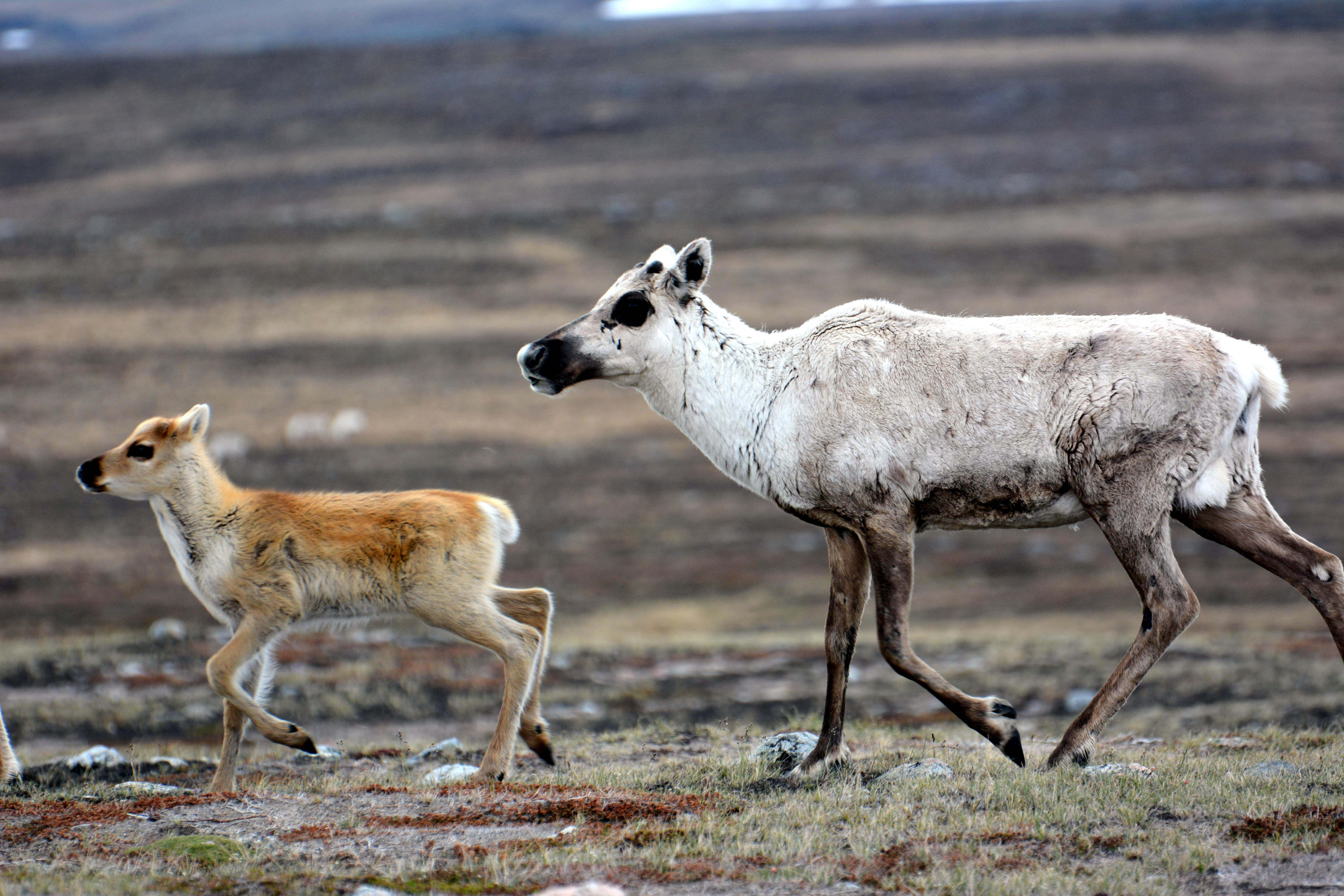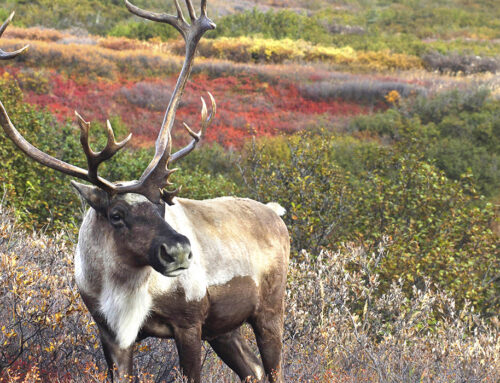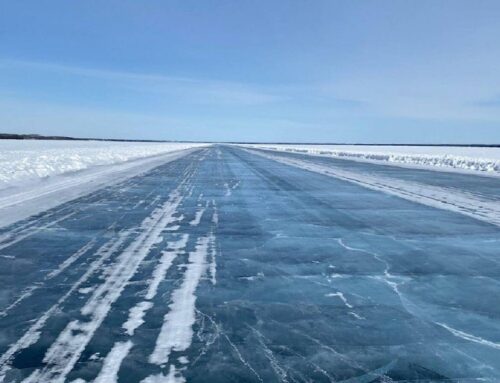November 24, 2020 – The Beverly and Qamanirjuaq Caribou Management Board (BQCMB) held its 89th meeting from November 17-19, 2020. The meeting, originally scheduled to occur in Yellowknife NWT, was held virtually due to COVID-19 restrictions.
The three-day meeting included a separate meeting attended by the BQCMB’s Indigenous members representing communities in northern Manitoba, northern Saskatchewan and Northwest Territories (NWT). Members from the Kivalliq region of Nunavut were not able to participate in the meeting due to the coronavirus outbreak and the resulting territorial lock-down.
The Board discussed several items related to the protection of the Beverly and Qamanirjuaq caribou herds, both of which are in decline. Of greatest concern was a number of proposed developments across the range that have the potential to impact the herds and their habitat.
Proposed projects the Board will be seeking further information and clarity on include:
- A 60 km all-weather road that would extend Highway 914 between mine sites in northern Saskatchewan;
- The Slave Geological Province Road, an all-weather road replacing a winter road to existing and potential mines from Yellowknife, NWT, north and east about 400 km to the Nunavut border.
- The Taltson Hydro Project Expansion, to connect and expand existing hydro systems in the South and North Slave regions of the NWT; and;
- A Kivalliq Hydro-Fibre Link running from northern Manitoba to the Kivalliq region of Nunavut.
The BQCMB’s concern with roads stems not only from their potential to impact caribou migration, but the inevitable increased access for harvest, including harvest by hunters from other regions. “Opening a new road would allow people from the west side of the province to come in and hunt caribou,” explained Jimmy Laban, BQCMB member from Black Lake First Nation. “We have to do something about the herds declining. We have a responsibility, all of us.”
The Board also received an update on the Seal River Watershed Indigenous Protected Conservation Area (IPCA) in Manitoba and agreed to support the Athabasca Denesuline’s IPCA, which is proposed in part to protect barren-ground caribou winter range in Saskatchewan.
In addition, the Board agreed to support a proposal to provide stronger protection to wildlife habitat in the Ahiak (Queen Maud Gulf) Migratory Bird Sanctuary in the Kitikmeot region of Nunavut, given its inclusion of the calving grounds of the Beverly and Ahiak herds.
Involving youth in caribou issues was also discussed. While many BQCMB members are elders who mentor youth in their communities to teach them to respect the caribou, members agreed youth involvement in BQCMB meetings must be emphasized, too. “Youth is our future,” explained Chair Earl Evans, NWT Metis Nation representative from Fort Smith, NWT. “When we are no longer around youth will take charge, and they have to learn to do it in a positive way.”
-30-
The BQCMB is a co-management advisory board that helps manage the Beverly and Qamanirjuaq caribou herds, which migrate across Manitoba, Saskatchewan, the Northwest Territories and Nunavut. The majority of board members represent Aboriginal communities and all board members live in northern Canada.
About the BQCMB
For more information, contact:
Ross Thompson
BQCMB Executive Director
Email: rossthompson@mymts.net
or
Lynne Bereza
Editor, Caribou News in Brief
204-871-0517
Email: caribounews@outlook.com





